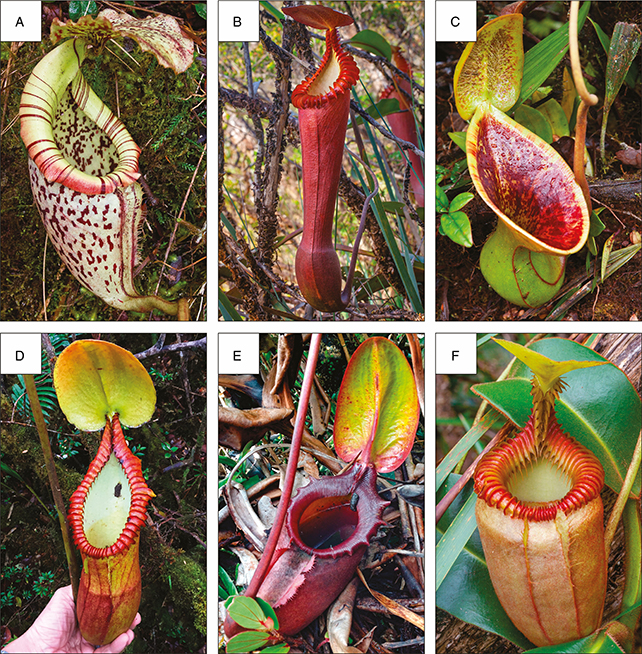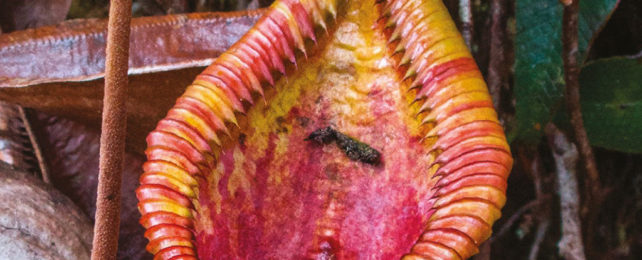Some species of carnivorous pitcher plant, Nepenthes, have switched from capturing and digesting insects to absorbing animal poop for their daily dose of nutrients – and it's a switch that's proving very beneficial.
These botanical poop eaters are managing to take in more nitrogen through their diet adaptation than other Nepenthes that snack on prey, scientists found. The difference is a considerable one, even though the new food regime doesn't sound all that appetizing.
There are some important lessons here in terms of how plants can adapt and evolve to cope with challenges in their surroundings: by understanding more about the way in which the Nepenthes have improved their nutrient intake, we can better protect them.
"A handful of Nepenthes species have evolved away from carnivory towards a diet of animal scats," says Alastair Robinson, a botanist from the Royal Botanic Gardens Victoria in Australia.
"We found that nitrogen capture is more than two times greater in species that capture mammal droppings than in other Nepenthes."
The team looked at six species and four hybrids of Nepenthes in Malaysian Borneo, analyzing tissue samples to look at the amount of nitrogen and carbon that had been captured from outside the plants.
Nitrogen is a key driver of photosynthesis and other plant processes, and the scientists found the heavier 15N isotope of nitrogen was significantly more abundant in the Nepenthes compared with nearby non-carnivorous plants, and especially so in the species that specialized in consuming mammal droppings.

Being carnivores helps plants take in important nutrients they might not otherwise get from nitrogen-poor soil. With reductions in insect populations at higher elevations, it seems some plants are turning to alternative sources for the element.
"Insect prey is scarce on tropical peaks above 2,200 meters (7,218 feet), so these plants maximize nutritional returns by collecting and retaining fewer, higher-value nitrogen sources like tree-shrew droppings," says Robinson.
In most Nepenthes species, foraging insects slip on the smooth surfaces and edges of 'pitcher' leaves and fall into a trap of water and digestive fluids. As discovered in 2009, some of the plants have developed a mutually beneficial relationship with mountain tree shrews: the animals deposit nitrogen-rich waste into the pitchers while they feed on carbohydrates on the plant lids.
Further research revealed a similar relationship between certain Nepenthes species and summit rats, birds, and bats. Now we know that these resource trades with animals are more beneficial in terms of nutrient capture than catching insects.
All of this new understanding can play into conservation efforts. There are more Nepenthes species at risk than any other carnivorous plant genus, with 40 percent of its species labeled as critically endangered, endangered, or vulnerable at the moment.
"Understanding the ecological requirements of species, particularly where species are involved in complex biological mutualisms, is crucial in conservation planning and management for threatened carnivorous plants," the researchers write in their published paper.
The research has been published in the Annals of Botany.
